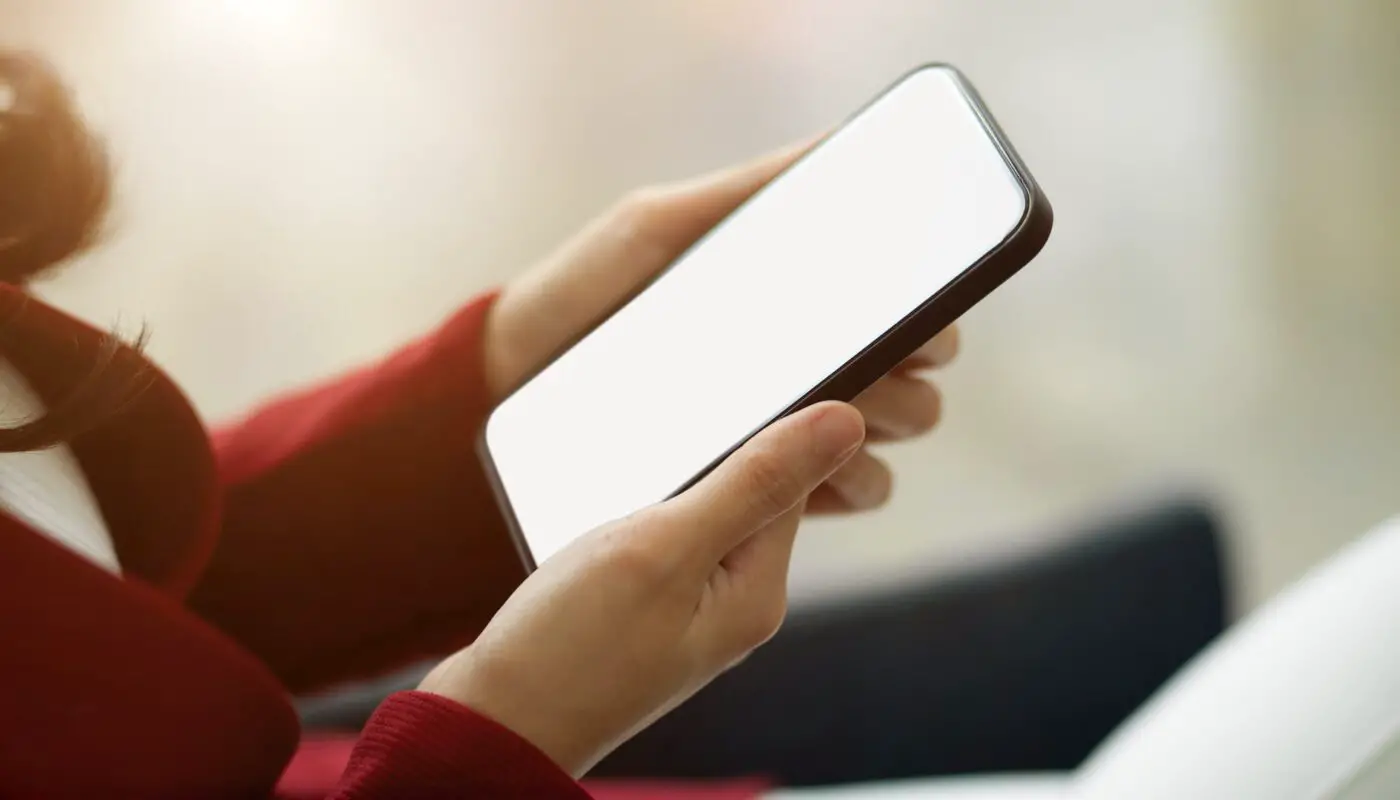The iPhone 14, Apple’s latest flagship smartphone, has captivated consumers with its remarkable features, captivating design, and exceptional performance. However, its allure comes at a considerable cost. In this article, we delve into the realm of the iPhone 14 price and availability, evaluating whether it justifies the investment. Furthermore, we compare it to other leading smartphones and explore alternative options that deliver similar functionalities at a more affordable price point.
Overview of iPhone
In 2008, Apple introduced the iPhone 3G, boasting enhanced hardware features such as faster processors, extended battery life, and GPS capabilities. These improvements further heightened the iPhone 14 price and its appeal, making it an even more enticing choice for consumers globally. Simultaneously, Apple updated the software to version 2, facilitating the installation of a greater number of third-party apps and enabling push email notifications for various services, including Gmail and Yahoo Mail, allowing users to effortlessly manage their emails on the go.
Undoubtedly, the iPhone stands as an influential and iconic device of the 21st century. This Apple masterpiece revolutionized communication, work, and entertainment, becoming an integral part of daily life for millions worldwide. Initially released in June 2007, the first iPhone model ran on iOS 1.0 software. Sporting a 3.5-inch touchscreen display with a resolution of 480 x 320 pixels and a 2 MP camera capable of capturing both images and videos, it epitomized innovation. At the time, it seamlessly amalgamated a multimedia device (the iPod), a cellular phone, and an internet device (web browser). Pioneering multi-touch gestures like pinch-to-zoom introduced users to a realm of newfound possibilities.
Price and Availability of iPhone
While the iPhone reigns supreme as the world’s most popular smartphone, its price, and availability exhibit regional discrepancies. In certain regions, finding an iPhone might pose a challenge due to scarcity or exorbitant pricing. Conversely, in other regions, it enjoys wide availability and relative affordability.
Apple, known for its premium status and utilization of top-tier components, consistently prices its iPhones higher than rival manufacturers such as Samsung and Huawei. Additionally, Apple tends to sell a higher proportion of unlocked phones compared to other brands, resulting in further price escalation when compared to carrier-locked alternatives.
Availability patterns reveal that iPhones enjoy wide distribution in economically strong countries like the United States and Europe. However, they may be relatively harder to find in emerging markets where local phone manufacturers hold a stronger market presence. Moreover, unless local carriers have agreements with Apple, iPhones may not be readily accessible through their networks. This scenario is gradually changing as numerous countries open up their telecoms markets to international players like Apple and Samsung, leading to increased availability through local carriers.
Furthermore, Apple operates an official online store, facilitating direct product shipments worldwide. This platform proves invaluable for customers who encounter obstacles when purchasing iPhones locally.
Analysis of the Pricing Model for iPhone
The iPhone has consistently dominated the smartphone market, eliciting prolonged debate regarding its pricing model. Over the years, Apple has employed various strategies to maintain its market share, including the introduction of diverse device tiers at varying price points and discounts on previous models. This article delves deep into the intricacies of the iPhone’s pricing model, critically analyzing its impact on consumer decision-making.
Apple’s current iPhone lineup encompasses four models: the iPhone 12 mini, 12 Pro Max, 11 Pro Max, and SE (2020). Each model offers a unique array of features at different price brackets. For instance, the 12 mini boasts a 5.4-inch display and is available at $699, whereas the 12 Pro Max presents a 6.7-inch display with a price tag of $1,099. Apple strategically offers discounts on older models to cater to budget-conscious shoppers while simultaneously appealing to those seeking premium options without compromising profitability from sales of previous generations.
The pricing of iPhones is primarily determined by the level of demand. Higher demand translates to higher prices, allowing Apple to capitalize on the popularity and desirability of its devices.
Impact on Consumers and the Market Environment
The impact of consumers and the market environment on businesses is undeniable in today’s digital age. Consumer behavior and preferences directly influence the success or failure of companies. The competitive market landscape necessitates constant adaptations in pricing, marketing strategies, product offerings, and customer service to stay ahead of rivals. Understanding consumer desires and effectively meeting their needs is crucial for businesses to maintain relevance and thrive in the marketplace.
Consumer research serves as a vital tool for companies to gain deeper insights into their target audience. By collecting data on consumer preferences and lifestyle choices, businesses can shape their marketing campaigns and develop new products that resonate with customers. Regular surveys provide valuable information about consumer demographics, needs, and the most effective ways to engage with them.
Final Thought on iPhone 14 Price and Availability
As the iPhone 14 approaches, anticipation builds for another exceptional device from Apple. However, it is expected that the price of the iPhone 14 will surpass its predecessors. While the exact price remains undisclosed, Apple’s pattern of incremental price increases with each new model suggests a higher price tag for the next generation. With advancements like 5G technology, improved cameras, and other cutting-edge features, consumers should brace themselves for a device that comes at a premium.
The intricate pricing model adopted by Apple for its iPhones has been subject to ongoing scrutiny. By offering different models at varying price points and introducing discounts on older versions, Apple seeks to cater to a diverse range of consumers. Balancing profitability and consumer demand, Apple maintains its position as a leading player in the smartphone industry.
Consumer behavior and the market environment continue to shape the trajectory of businesses. Companies must adapt to changing consumer preferences, monitor market dynamics, and leverage consumer insights to remain competitive. By staying attuned to consumer needs, companies can navigate the ever-evolving marketplace and continue to deliver products and services that resonate with their target audience.



